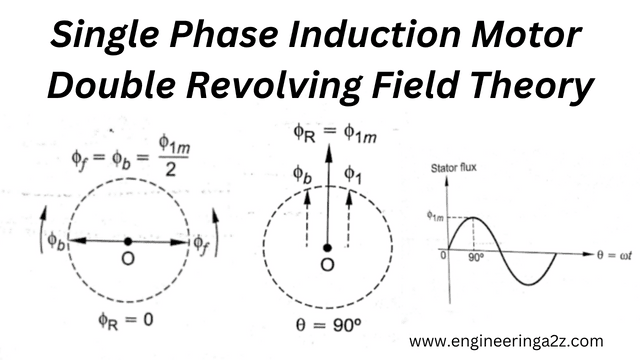
Table of Contents
Single Phase Induction Motor
As the name shows, single-phase motors run on single phase supply. Such motors are of small size i.e., their output voltage is less than one horse power that is why these motors are also called Fractional Horse Power motors. These are manufactured in a large number & are of various types to perform the services in the home appliances, offices, factories, shops etc.
Principle of Single Phase Induction Motor
A single phase induction motor consists of a stator & a rotor. Single phase winding is placed in the stator slots & cage winding on the rotor. When A.C. single phase supply is given to the stator winding, a pulsating field is produced. In the pulsating field, the rotor does not rotate due to inertia. Therefore a single phase induction motor is not self starting & requires some special starting means.
Two theories have been suggested to find the performance of a single phase induction motor:
- Double revolving field theory
- Cross field theory
Double Revolving Field Theory
According to double revolving field theory, the magnetic field produced by the stator winding when an alternating supply is given is equal to the sum of the two revolving fields rotating at synchronous speed in the opposite direction of equal magnitude. The magnetic of each revolving field is equal to one-half of the maximum value of the alternating field, i.e., ф1m/2, where ф1m is the maximum value of the alternating field.
Let фf is forward component rotating in anti-clockwise direction while фb is the backward component rotating in clockwise direction. The resultant of these two components at any instant gives the instantaneous value of the stator flux at the instant. So, resultant of these two is the original stator flux.
At start, both the components are shown opposite to each other. Thus, the resultant фR = 0. This is nothing but the instantaneous value of the stator flux at start.
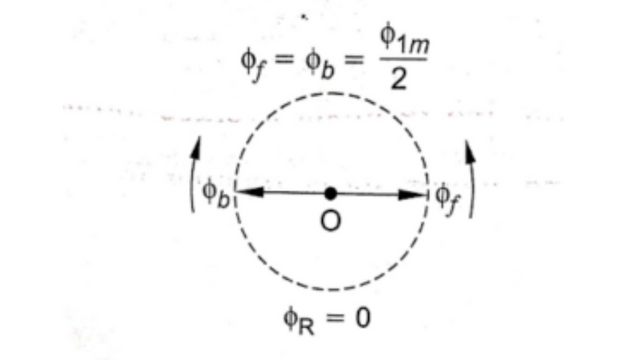
After 90° , the two components are rotated in such a way that both are pointing in the same direction. Hence, the resultant фR is the algebraic sum of the two components.
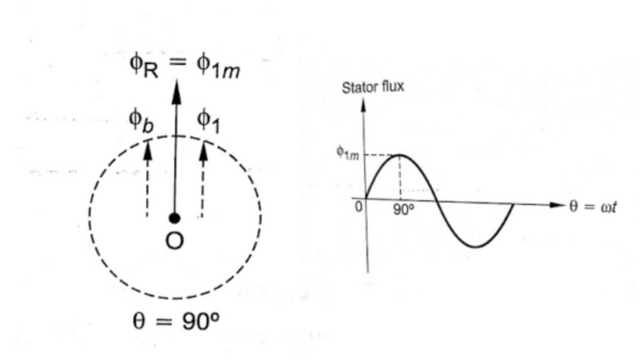
So, фR = (ф1m/2) + (ф1m/2)
фR = ф1m
This is nothing but the instantaneous value of the stator flux at θ = 90°. Thus, continuous rotation of the two components gives the original alternating stator flux.
Both the components are rotating and hence, get cut by the rotor conductors. Due to cutting of flux emf get induced in rotor conductors which circulate in the rotor current. The rotor current produces rotor flux.
The rotor flux interacts with one component фf produces a torque in an anti-clockwise direction & the rotor flux interacts with the second component фb produces a torque in a clockwise direction.
At start, these two torques are equal in magnitude but opposite in direction. Each torque tries to rotate the rotor the rotor in its own direction. Thus, net torque experienced by the rotor is zero at start. And hence the single-phase induction motors are not self starting.
Related Posts
- Stepper Motors | Types, Parameters, and Characteristics
- Three Phase Induction Motor | Construction and Working Principle
- Static Phase Shifting Transformer | Configurations and Improvement
- Capacitive Voltage Transformer | Working, Characteristics, and Applications
- Rotating Magnetic Field | Mathematical Analysis and Condition for Generation
- Starting and Speed Control Methods of 3-Phase Induction Motors
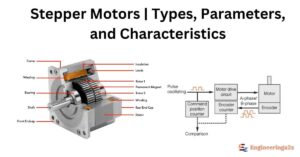


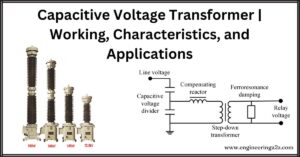

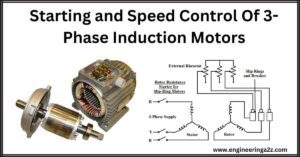

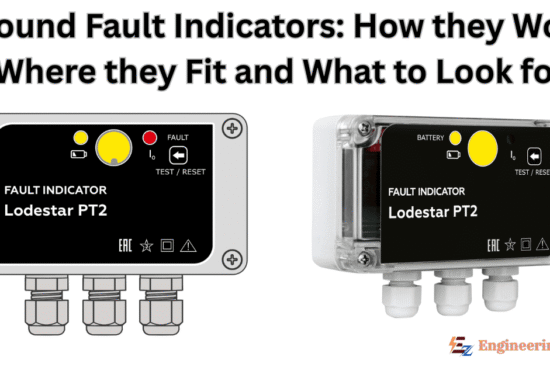









Leave a Reply